I found myself at the edge of a terraced vineyard, staring out over the Douro River as it twisted through northern Portugal. Right then, I got why people call this wine region the “River of Gold.”
The Douro Valley is known for its jaw-dropping hillsides lined with vines and for producing some of the world’s best port wines. Coming here means soaking in breathtaking landscapes, sipping rich port in old quintas, and uncovering centuries-old wine traditions.
Every bend in the river seems to reveal another view that begs for a photo—a patchwork of green vineyards, stone estates, and tiny villages perched on the hills. River cruises drift past sunlit slopes. Quiet roads wind to family-run quintas, where port and table wines get poured with a real sense of pride.
When I tasted those wines, I felt the history and the passion in every glass.
Sure, the Douro Valley is about wine—how could it not be? But there’s more. Warm welcomes, stories that stick with you, and scenery you’ll dream about long after you leave. This is where Portugal truly won me over.
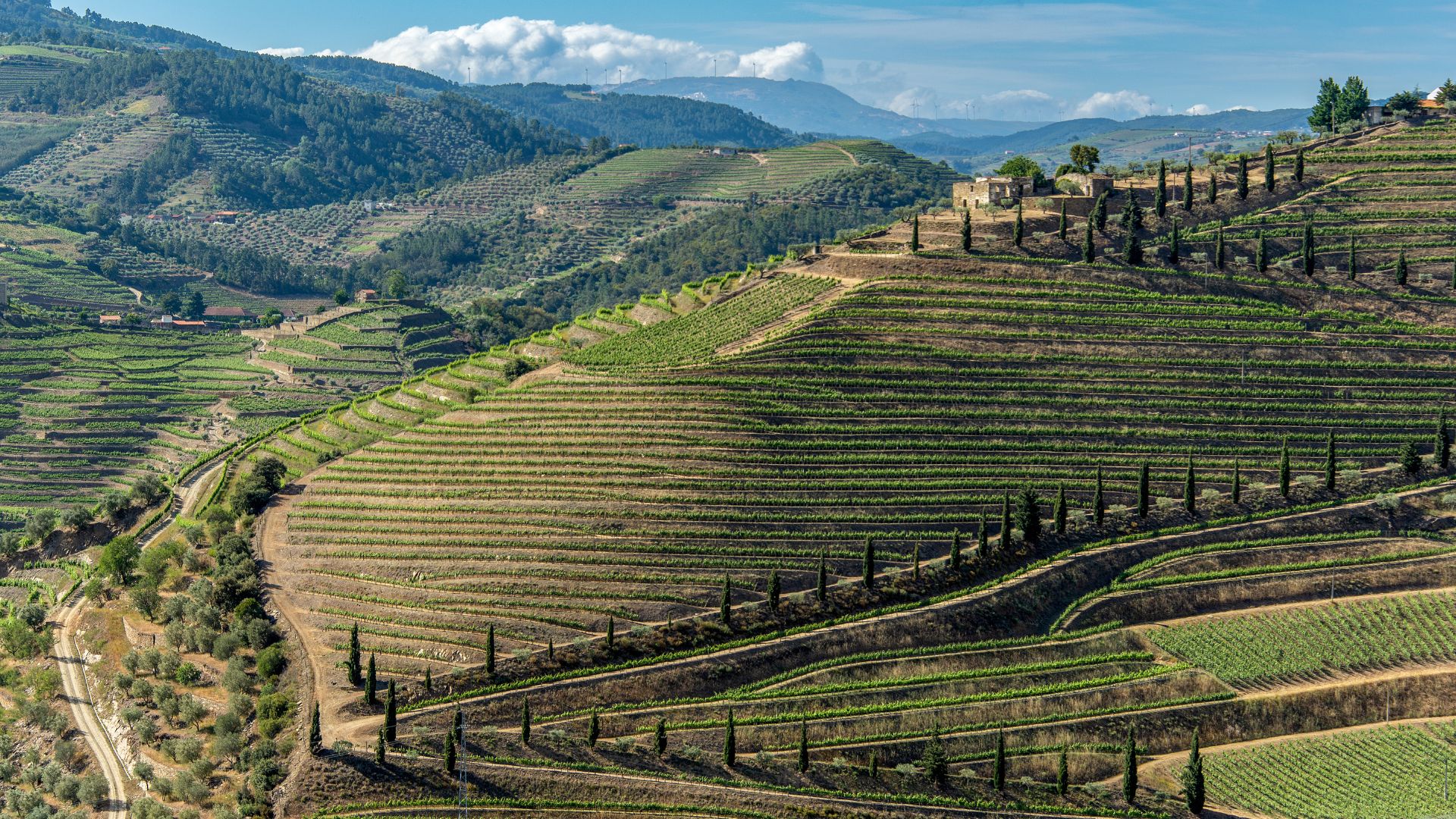
Discovering the Heart of the Douro Valley
As I went deeper into the Douro Valley, I felt wrapped in layers of history, wild scenery, and the easygoing spirit of Northern Portugal. The UNESCO-listed landscapes, lively towns, and that winding river made each moment here feel a bit magical.
A UNESCO World Heritage Landscape
One of the first things that hit me was the Douro Valley’s unique vibe. UNESCO added it to their World Heritage list, and I get it—those steep, terraced vineyards built right into the hillsides are something else.
Locals carved terraces out of schist stone, stretching for miles. It’s both ancient and alive.
Walking above the vineyards, I spotted signs of generations of hard work. Every terrace seemed to tell its own story.
Local “quintas” keep traditions alive that go back centuries. They make world-famous Port and some really refreshing table wines.
Whenever I looked over those terraces, I saw why artists and travelers call this one of Portugal’s most beautiful spots.
If you go, stop at a hillside lookout or a family-run winery. The views and the people make it obvious why this place is protected—and loved—all over the world.
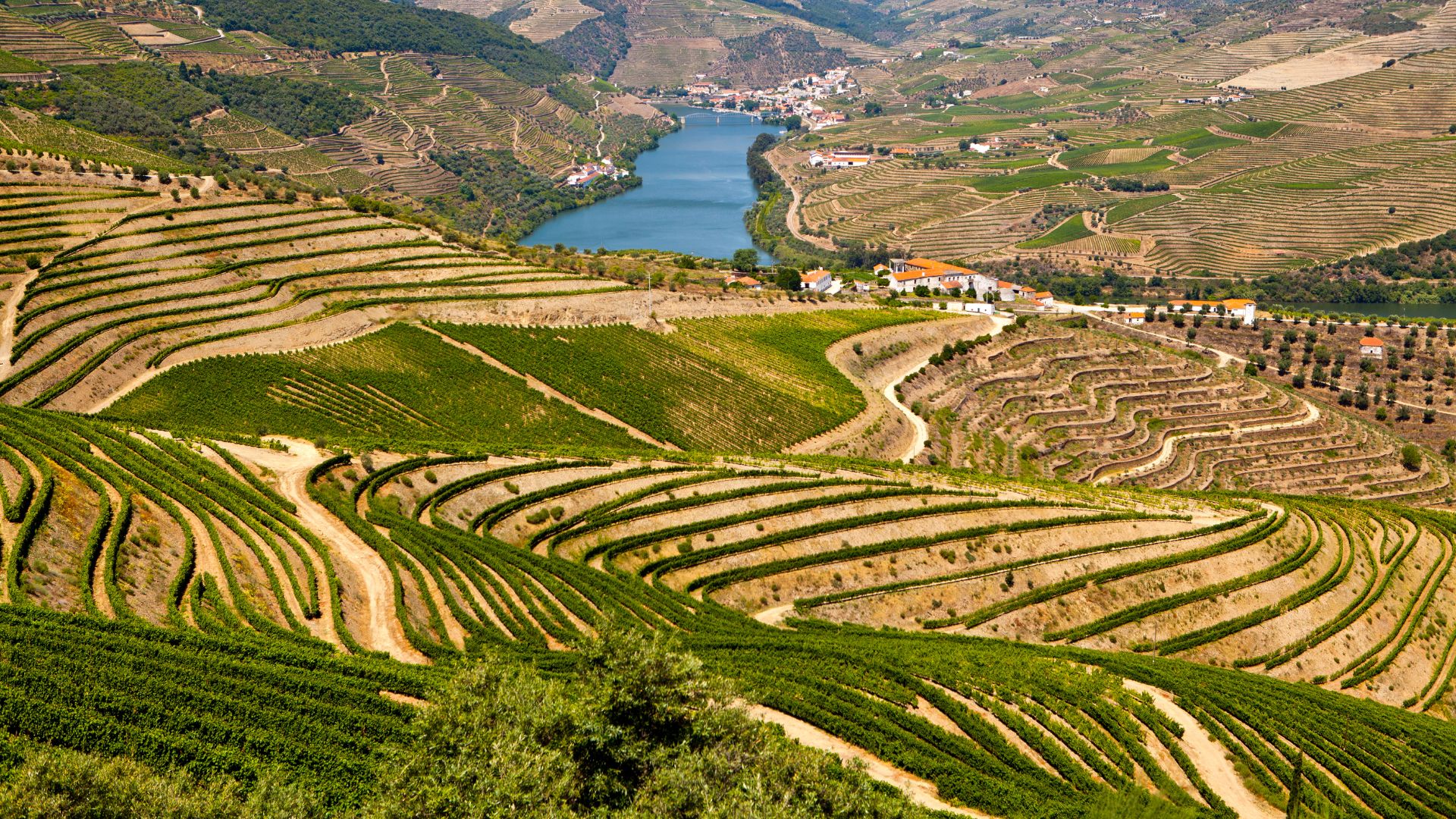
The Spirit of Northern Portugal
The Douro Valley isn’t just a pretty face. It’s the heart of Northern Portugal, where culture and history meet at every turn.
I stumbled across charming villages with cobbled streets and cafés where locals were happy to share a story or a glass of wine.
Towns like Peso da Régua and Pinhão really stand out. I’d sit by the river in Pinhão some mornings, watching rabelo boats drift by and listening to the slow rhythm of village life.
Those boats once carried barrels of Port to Porto. Seeing them float past feels like stepping into a living museum.
Travelers can do more than just look around. You can slow down, share a meal, and really feel the warmth of Portuguese hospitality.
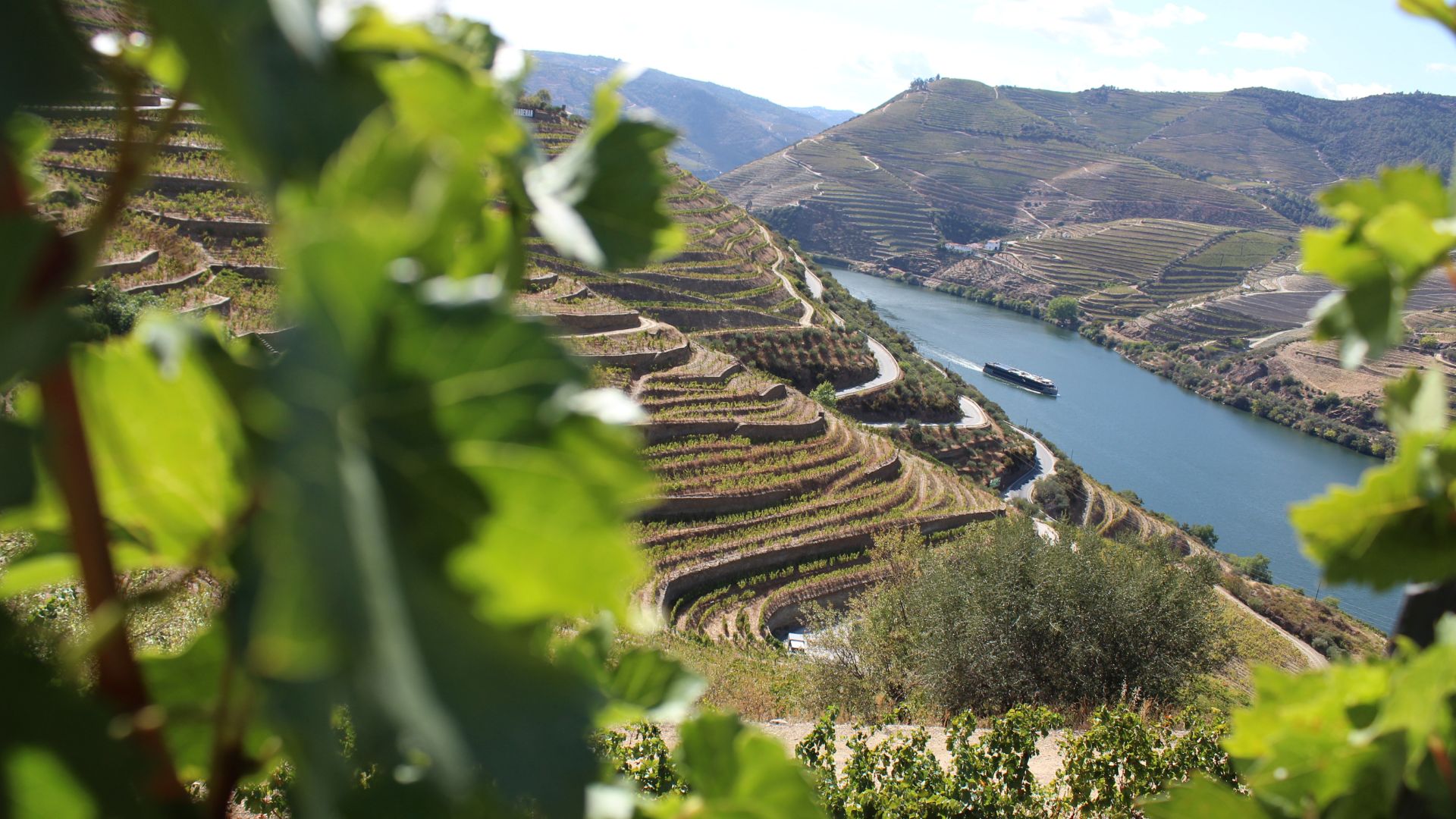
The Lifeblood: Douro River
The Douro River winds through everything here. Its wide, curving path shapes the valley and feeds the vineyards that make the region famous.
I loved following the river as it slipped past cliffs and stone villages, always catching the sunlight in shades of blue and gold.
Taking a boat cruise on the Douro—especially on a rabelo boat—was a highlight. Gliding between terraced hills with the wind in my face, I started to see how this river has supported wine, trade, and daily life for centuries.
A lot of visitors hop on river cruises from Porto or Régua to catch the best views.
For me, the river isn’t just part of the scenery. It ties together the wine, the people, the history, and the beauty of the Douro.
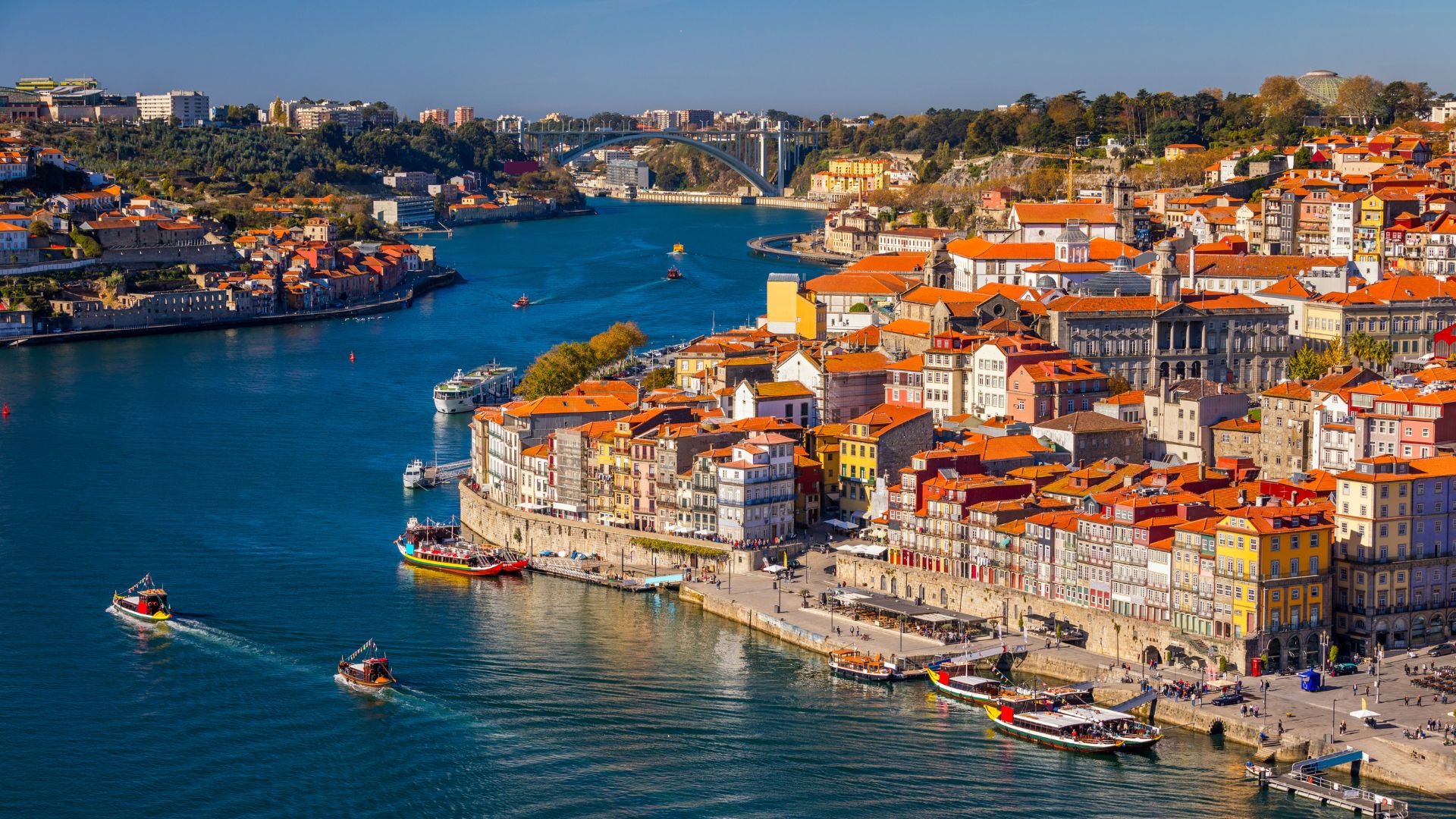
Steep Vineyards & Storied Quintas
Driving through the Douro Valley, I kept seeing steep hills draped with terraced vineyards and grand estates perched above the river. Each view made me stop and stare. Every stop brought a new layer of history and craft.
Iconic Wine Estates to Visit
I kicked off my journey at Quinta do Crasto, where ancient stone terraces curve along the hillside. I joined a vineyard tour that showed me the hard work behind grape picking and the estate’s winemaking magic.
Tasting their robust red blends, made from grapes like Viosinho and Rabigato, really brought the place to life.
Not far from Crasto, Quinta de la Rosa charmed me with its family vibe. Their cellars sit right above the Douro, and I sipped wine as boats floated by.
I also enjoyed Quinta do Vallado, which offers small-group tastings and a look into both old and modern wine rooms.
Some estates mix old traditions with new comforts. The elegant Vintage House lets you stay among the vines. Quinta do Bomfim, run by the Symington family, balances world-class port with eco-friendly practices.
I’d suggest booking visits ahead—lots of quintas only allow tours by appointment.
Terraced Vineyards: Artistry on the Slopes
The terraced vineyards on the Douro’s steepest slopes blew me away. Centuries ago, people built these stone terraces by hand, and they still protect the soil and help the vines thrive.
I saw workers tending the rows by hand—machines just can’t handle those crazy steep hills.
Here’s what makes the Douro terraces special:
| Feature | Impact |
|---|---|
| Stone Terraces | Prevent soil erosion |
| Orientation to Sun | Grapes ripen evenly |
| Microclimates | Unique flavors in each parcel |
| Manual Harvest | Preserves delicate fruit |
You’ll find grape vines like Touriga Nacional and Touriga Franca growing right alongside Viosinho and Rabigato. Walking among these blocks, I could feel the stories of resilience and artistry everywhere.
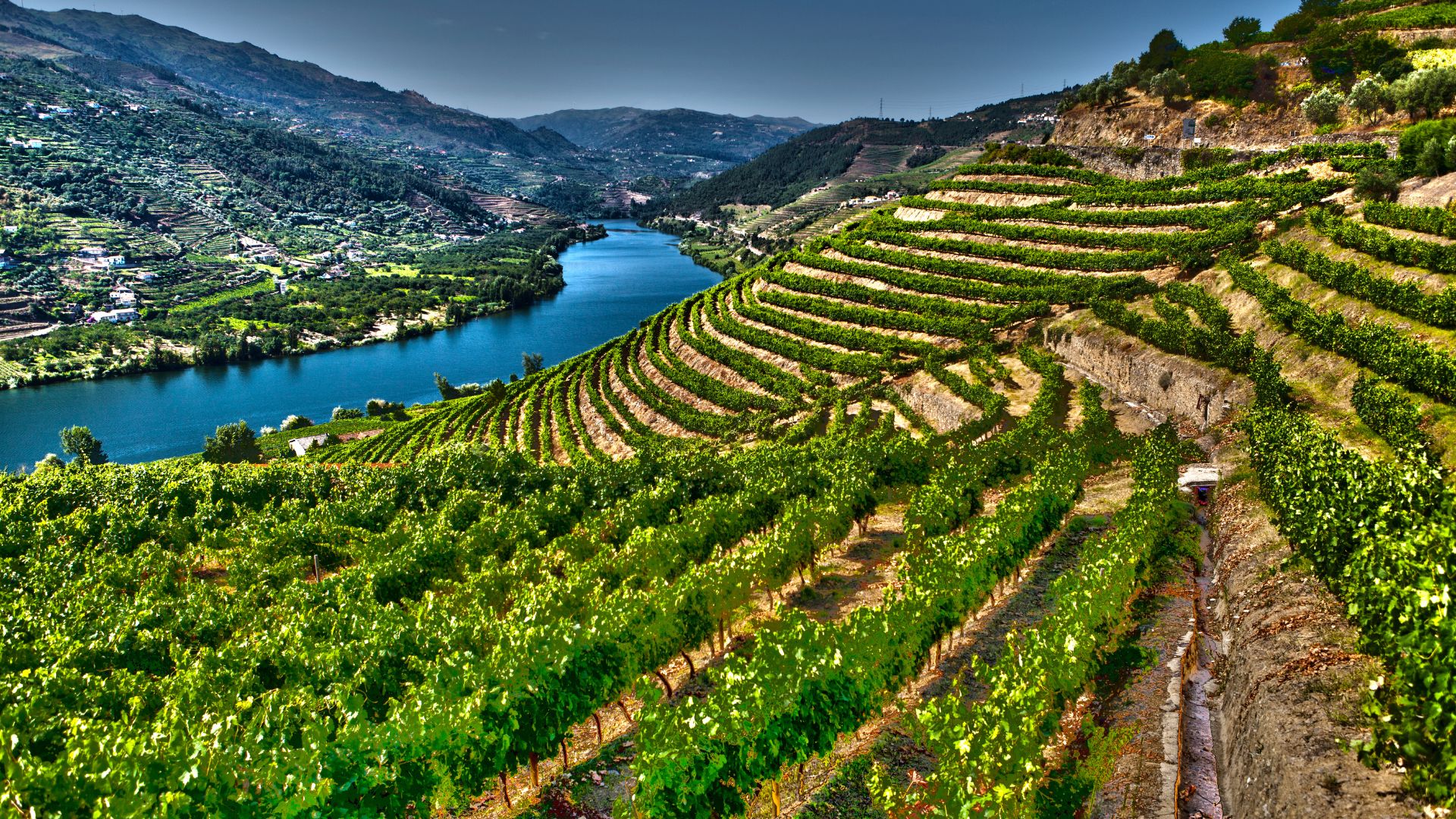
Exploring Historic Quintas
Stepping inside the historic quintas of the Douro, I felt like I’d joined a living story. Estates such as Quinta do Seixo and Quinta da Pacheca welcome visitors with grand old mansions and barrel-filled cellars.
Their walls and gardens have seen centuries of harvests and celebrations.
Quinta do Noval stood out with its classic tiled facades and legendary vintage ports.
At Quinta das Carvalhas, I climbed up to a viewpoint and just soaked in the panorama—rows of vines stretching over every slope. Some quintas, like Quinta do Tedo and Quinta do Portal, mix old-world charm with new winemaking tech.
Many offer guided tours, tastings straight from the cask, or even meals paired with estate wines. I loved these moments—a chance to taste great wine and connect with the passionate people who keep Douro’s traditions alive.
Port Wine Dreams & Exceptional Wines
If you love wine, the Douro Valley is just pure joy. Whether you want to sip sweet port or dive into bold Douro DOC reds, there’s something here for every wine lover.
A Deep Dive into Port Wine
Standing in those terraced vineyards above the Douro, I couldn’t help but be amazed by the region’s long romance with port wine.
Port is a fortified wine—winemakers add grape spirit to halt fermentation, so the drink keeps its natural sweetness and extra strength. The result? Rich, layered wines that you really can’t find anywhere else.
There are a few types of port to try. Vintage port is the crown jewel, made only in the best years and built to age for decades.
Ruby and tawny ports show off different sides—ruby is fresh and fruity, tawny spends years in barrels and comes out nutty and caramelized. White port surprised me with its refreshing, slightly dry twist.
The cellars and historic quintas hold generations of stories. Each bottle, whether saved for family or shipped around the world, reflects both tradition and a bit of daring.
Tasting port right where it’s made? That’s hard to beat.
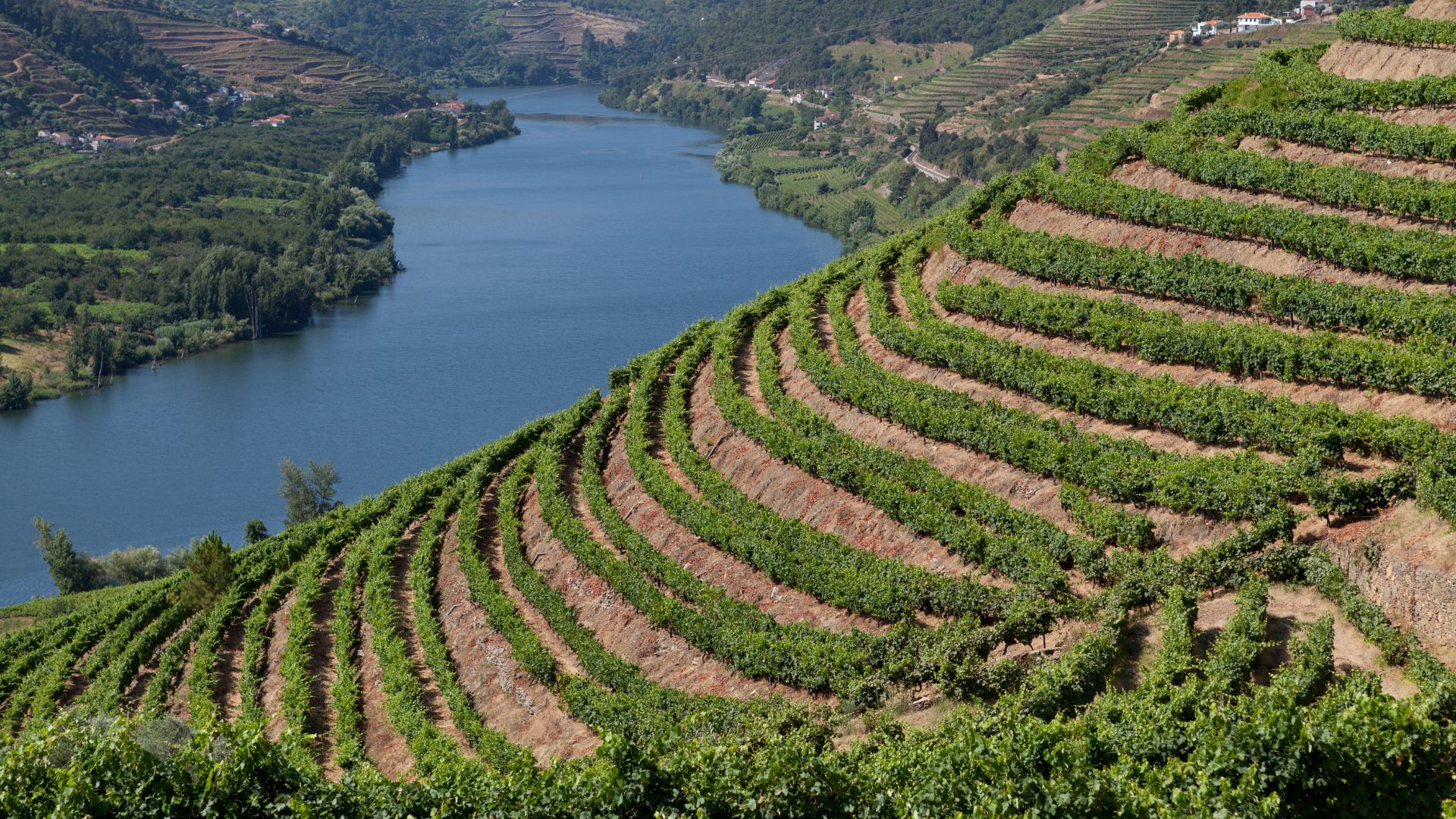
Wine Tastings and Tours
I joined a guided wine tour that really opened my eyes to Douro’s wines—not just the famous ports, but also the bold reds and elegant whites under the Douro DOC.
Many quintas offer private tours with small group tastings, adding a personal touch that makes each visit different.
Wine tastings here usually include a few types: table wines (red and white), traditional ports, and sometimes special releases you won’t find anywhere else.
The smell of wine aging in old cellars lingers in my memory. Guides lead tastings and share stories about the land and grape varieties that shape every glass.
Tasting wines while looking out over the steep vineyards and shining river? That’s something I won’t forget.
A lot of wineries pair tastings with local food, turning a simple visit into a real feast. Some even offer wine barrel accommodation—yeah, you can sleep right in a barrel and wake up surrounded by vines.
Meet the Makers: From Grape Harvest to Barrel
If you want to understand the Douro Valley, meet the people behind the wines. During harvest season, the valley buzzes with energy.
I watched grape pickers working those tough, near-vertical slopes, picking bunches by hand with skill passed down through families.
Some quintas invite you to join in—maybe stomp grapes the old way or tour their winemaking facilities. Seeing the journey from field to barrel up close made every tasting more special.
I noticed that smaller, family-run wineries often share personal stories during tours. Once, the owner led me through his cellar, showing how each barrel ages a bit differently.
The pride and passion these makers have is obvious—sometimes even contagious. Honestly, these encounters are just as memorable as the wine itself.
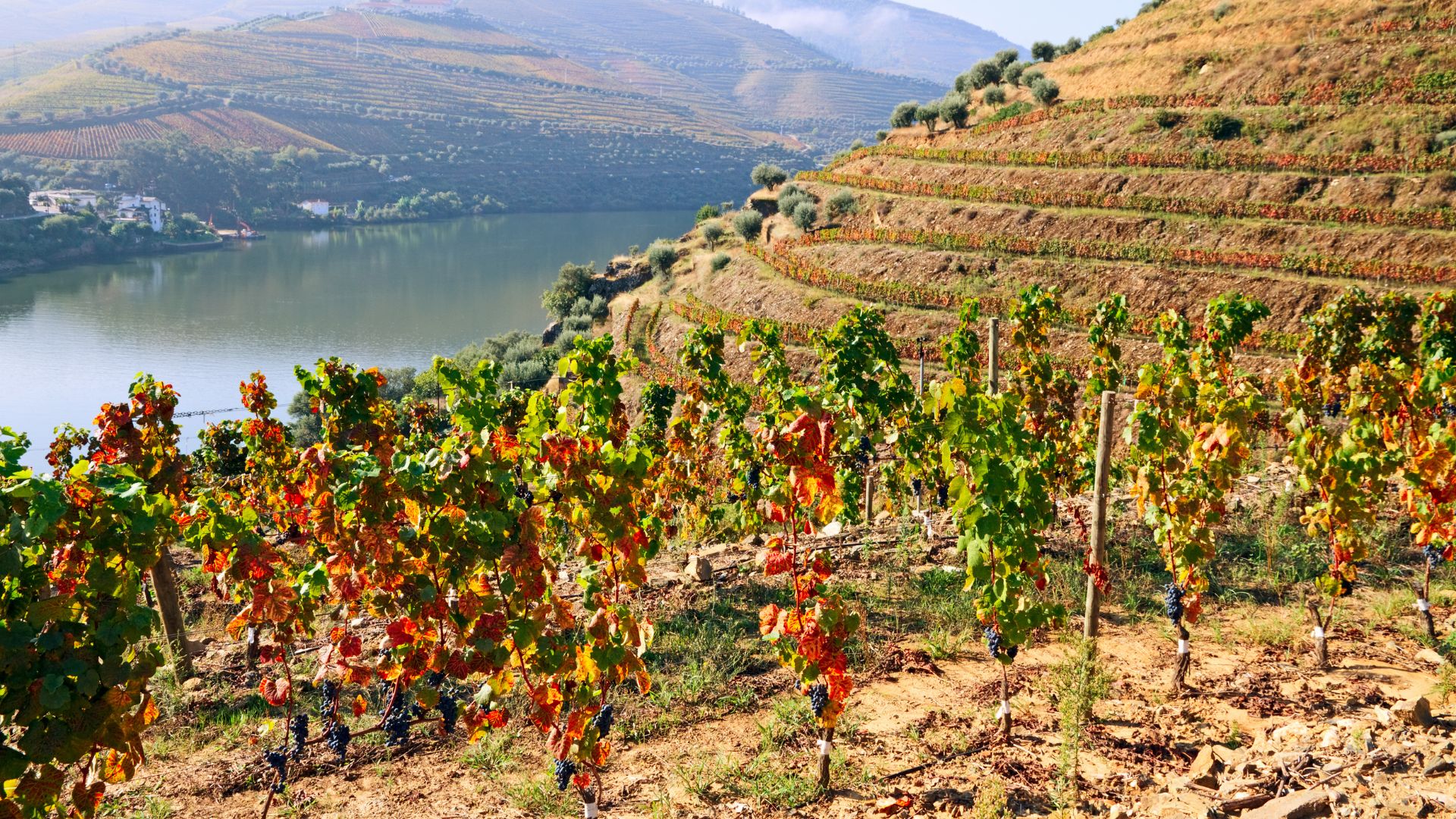
Immersive Experiences Along the River of Gold
Winding through northern Portugal, the Douro Valley gives you more than pretty views. I found river cruises, classic train rides, and outdoor adventures that each show off a different side of this place.
Douro River Cruises and Boat Tours
Cruising the Douro River was one of my favorite moments. I hopped onto a traditional rabelo boat—the kind they once used to haul barrels of port wine—from the Porto docks.
The wooden boat glided gently past steep vineyards, where grapevines reached almost down to the water.
Modern douro river cruises offer all kinds of experiences. Some last just a few hours, others stretch over days and include stops at historic quintas for tastings.
On one tour, I joined a local guide for a visit to a family-run estate and tasted both port and table wines, learning a bit about the valley’s wine tourism story.
If you’re short on time, smaller boat tours focus on the most scenic stretches between Peso da Régua and Pinhão.
Whether you pick a relaxed lunch cruise or just an hour-long ride, seeing the valley from the water gave me a totally new perspective.
| Tour Type | Duration | Highlights |
|---|---|---|
| Rabelo Boat Tour | 1-2 hours | Traditional vessels, wines, short intro to history |
| Day Cruises | 4-8 hours | Estate stops, wine tastings, local guides |
| Multi-day Cruises | 2-7 days | Overnight stays, full immersion, exclusive cellar visits |

The Legendary Linha do Douro & Scenic Train Rides
Riding the Linha do Douro felt like traveling through a living postcard. I kicked off my journey at the beautiful São Bento Station in Porto, famous for its hand-painted blue tile murals.
The platform buzzed with tourists and locals hurrying for their trains. Once the Comboios de Portugal train rolled out of the city, I watched stone villages, vineyards, and olive groves drift past my window.
Between Régua and Pinhão, the tracks hugged the river so closely that sometimes it seemed like the train floated right above the water. People call this stretch one of Europe’s most scenic train rides, and honestly, I get why.
Golden sunlight flickered on old bridges, and some mornings, mist clung to the hills. On summer weekends, I jumped aboard the Douro Historical Train—a vintage steam engine with wooden benches and open windows.
A guide told stories about port wine merchants who once made this journey. No wonder train lovers keep recommending this trip for any Douro travel guide.
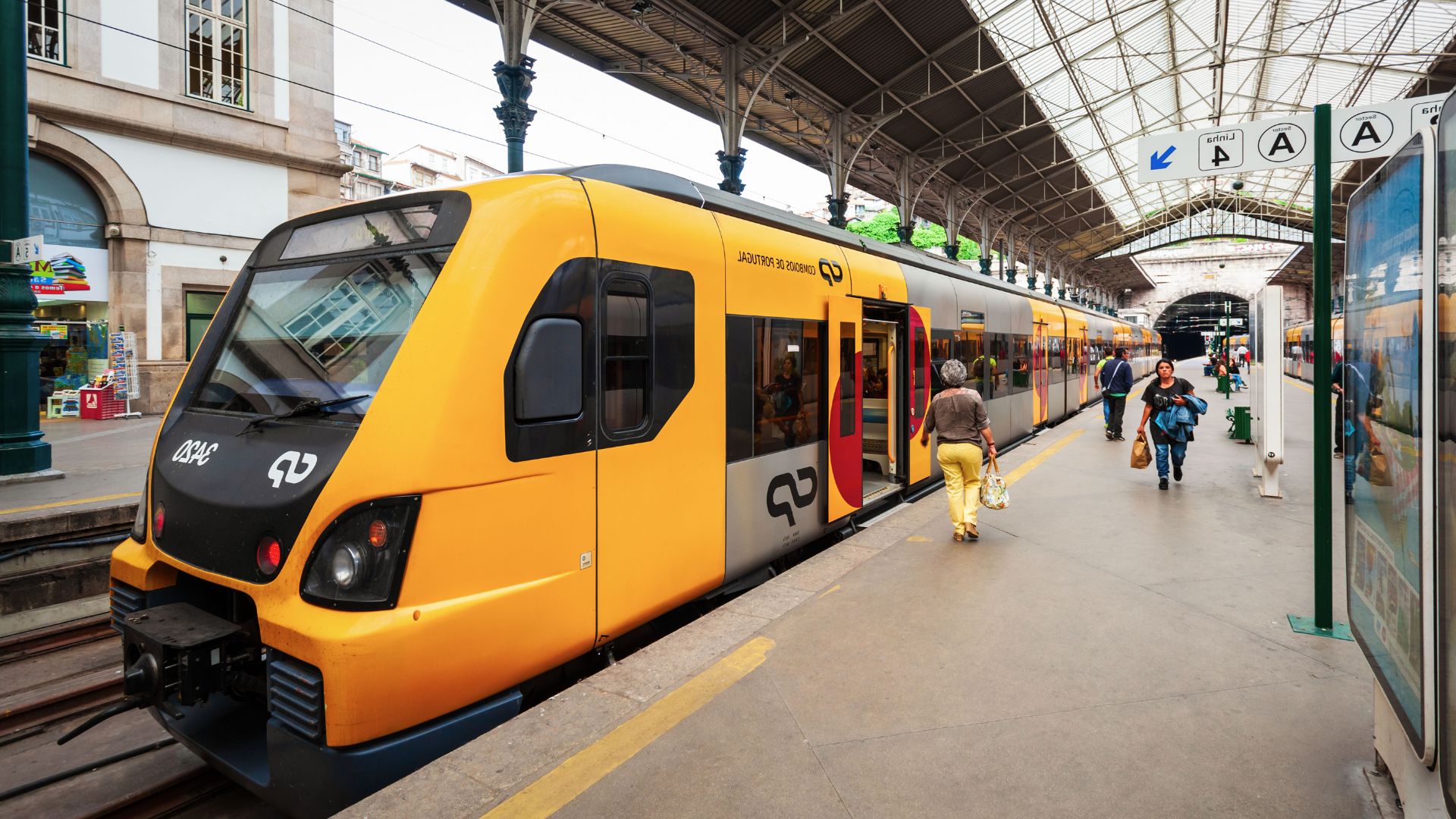
Hiking, Cycling, and Outdoor Adventures
Some of my best Douro memories happened off the rails and away from the water. One early morning, I followed a marked hiking trail from Peso da Régua, winding up through terraced vineyards.
I passed stone walls, olive trees, and even a few friendly farm dogs. Standing on a hilltop, I stared down at the river curving through valleys lined with neat grapevines.
If you like cycling, several routes snake between villages like Pinhão and São João da Pesqueira. I rented a bike for a day and pedaled along quiet backroads, stopping for a picnic in a shady olive grove.
Local operators now rent out e-bikes, which make those steep hills a lot less daunting. Travelers can also try kayaking tours or even hot air balloon rides for a totally different perspective.
The region really cares about sustainable tourism, so plenty of tours focus on respecting nature and supporting family-owned farms and quintas. Whether I hiked or biked, exploring the Douro Valley outdoors just felt right.
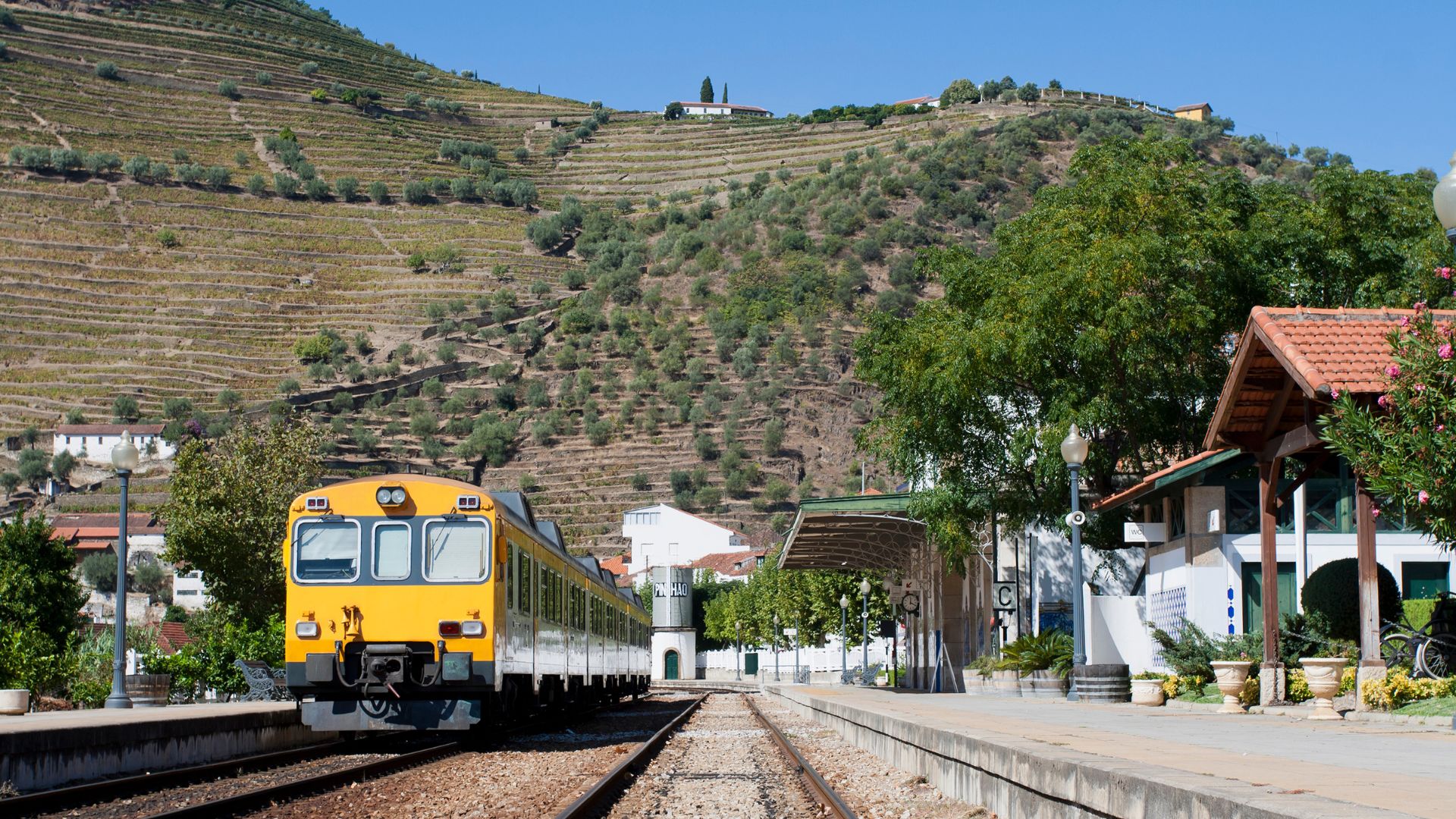
Indulgent Food, Stay & Travel Inspirations
Elegant terraces overlook steep vineyards. Winding roads lead to cozy quintas and meals I won’t forget.
My time in the Douro Valley taught me that the best travel moments come from savoring local flavors, finding a good place to rest, and choosing your own path along the riverside.
Dining and Local Cuisine
I like to start any Douro adventure with a meal using fresh, local ingredients. Restaurants here usually cook with produce grown right in the valley.
Classic dishes like posta mirandesa (grilled beef), bacalhau à brás (salted cod), and seasonal vegetables pair so well with Douro wines. Wine estates and hotels, like the DOC Restaurant perched by the river, serve up carefully crafted plates.
During my visit, I noticed how local olive oil, honey, and cheeses really elevated even the simplest recipes. I still think about the bolo de mel (honey cake) I had for dessert.
Most restaurants offer set menus with regional wines. Even in smaller towns—Pinhão or Peso da Régua—you’ll find riverside cafes where I enjoyed long, relaxed lunches.
If you get the chance, try at least one dish made with products from the Baixo Corgo or Cima Corgo areas.
Unique Accommodation in the Douro Valley
Sleeping in a vineyard isn’t just a dream here—it’s pretty easy to do. I loved staying at historic quintas, where many rooms are set in old wine cellars.
Stone walls kept things cool, even in summer. In Pinhão, I found The Vintage House, where grapevines framed my window and the pool caught the last light of sunset over the Douro.
If you’re after something modern, the Six Senses Douro Valley stands out. Their spa uses local herbs, and sometimes the kitchen staff invite guests to help pick vegetables.
I’ve also heard about “wine barrel accommodation,” where you sleep inside a converted barrel. It’s quirky and honestly, it’s on my list for next time.
Booking early makes sense—some quintas fill up months ahead, especially around harvest. There’s a range of choices, from family-run B&Bs in Lamego to boutique hotels along the river.
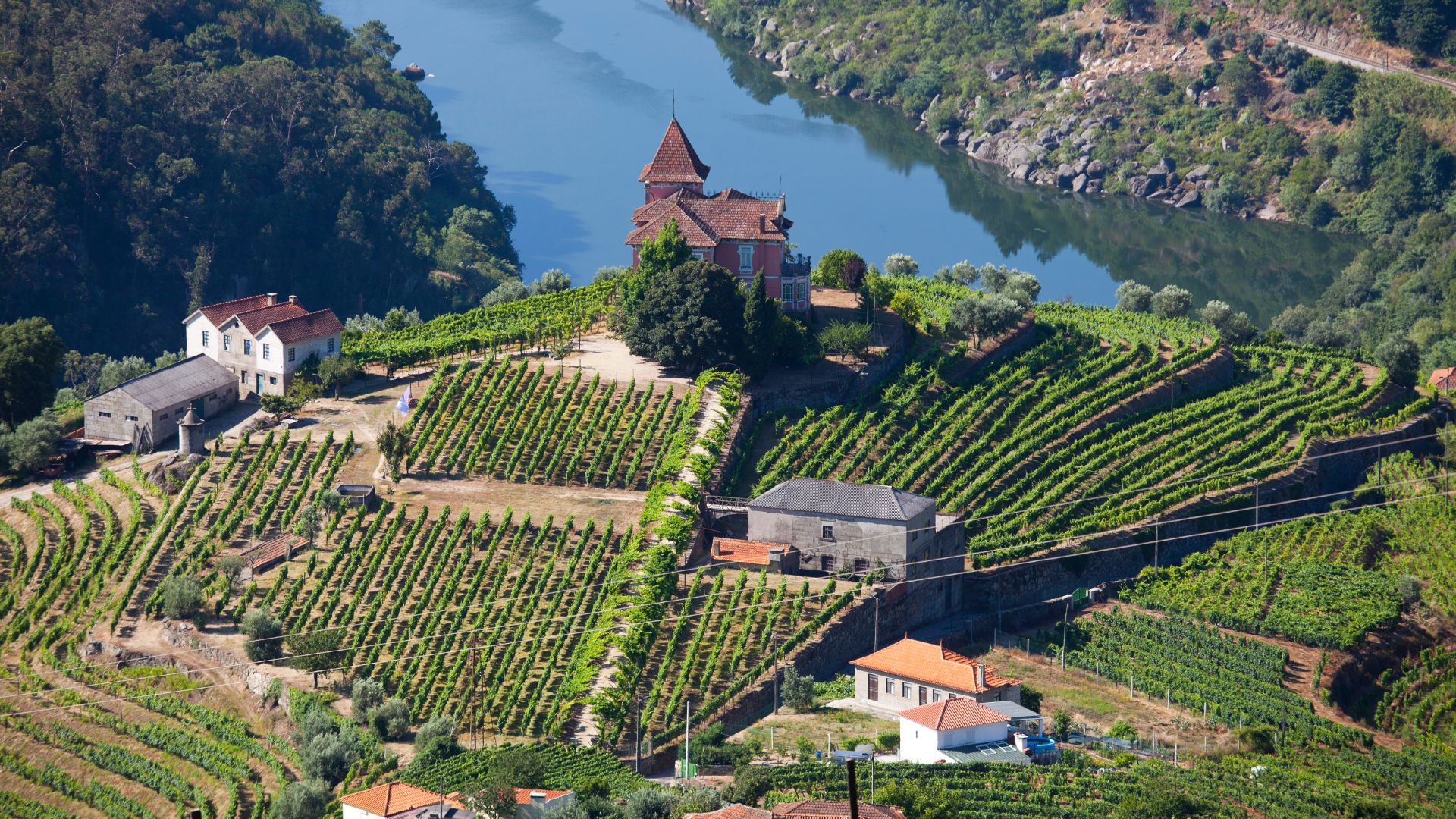
Planning Your Journey: From Porto to Pinhão
Getting to the Douro Valley is honestly half the fun. I kicked off my trip in Porto and hopped on a train that winds along the riverbank all the way to Pinhão.
Watching the scenery out the window made time just disappear. The trains usually run on time, and you get to soak in every bit of the landscape because the pace isn’t rushed.
When I drove, I loved being able to stop at hidden spots tucked between Baixo Corgo, Cima Corgo, and even out toward Douro Superior. The roads twist beside the vineyards, but honestly, they’re in great shape.
Some days, I just didn’t want to worry about driving, so I hired a driver or joined a private tour. That way, I could actually taste a bit more at each winery without stress.
If you’re up for something different, the river cruises between Peso da Régua and Pinhão give you a whole new perspective. I’d say it’s worth splitting your stay—spend a night in each main town so you get a feel for the different rhythms of valley life.
Try to travel early or later in the day to dodge the crowds. And honestly, don’t rush—every stop deserves a bit of lingering.

